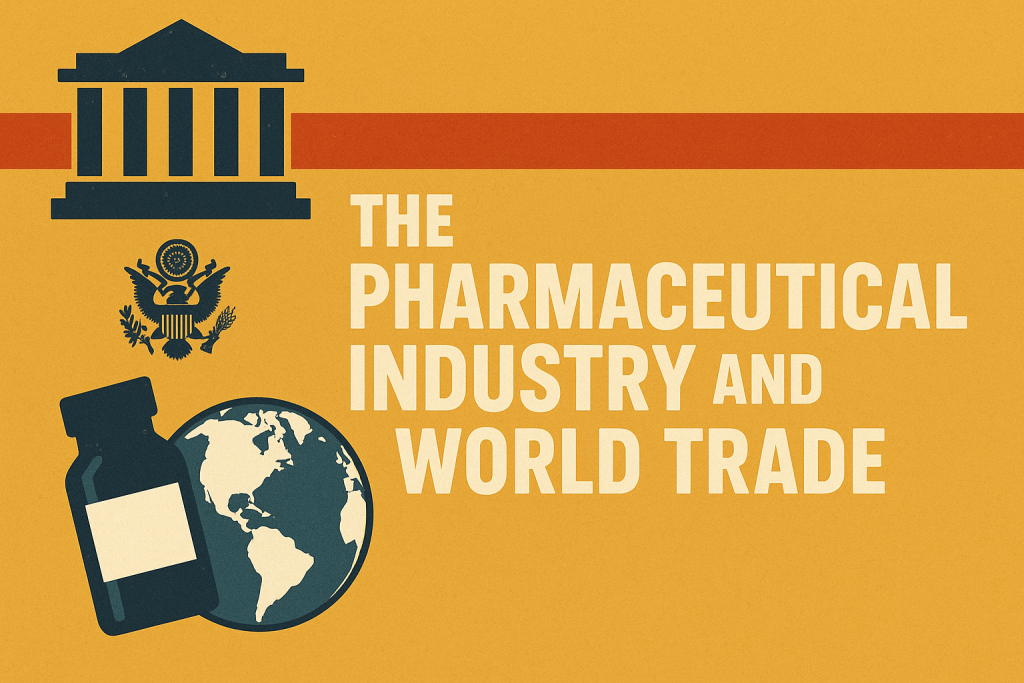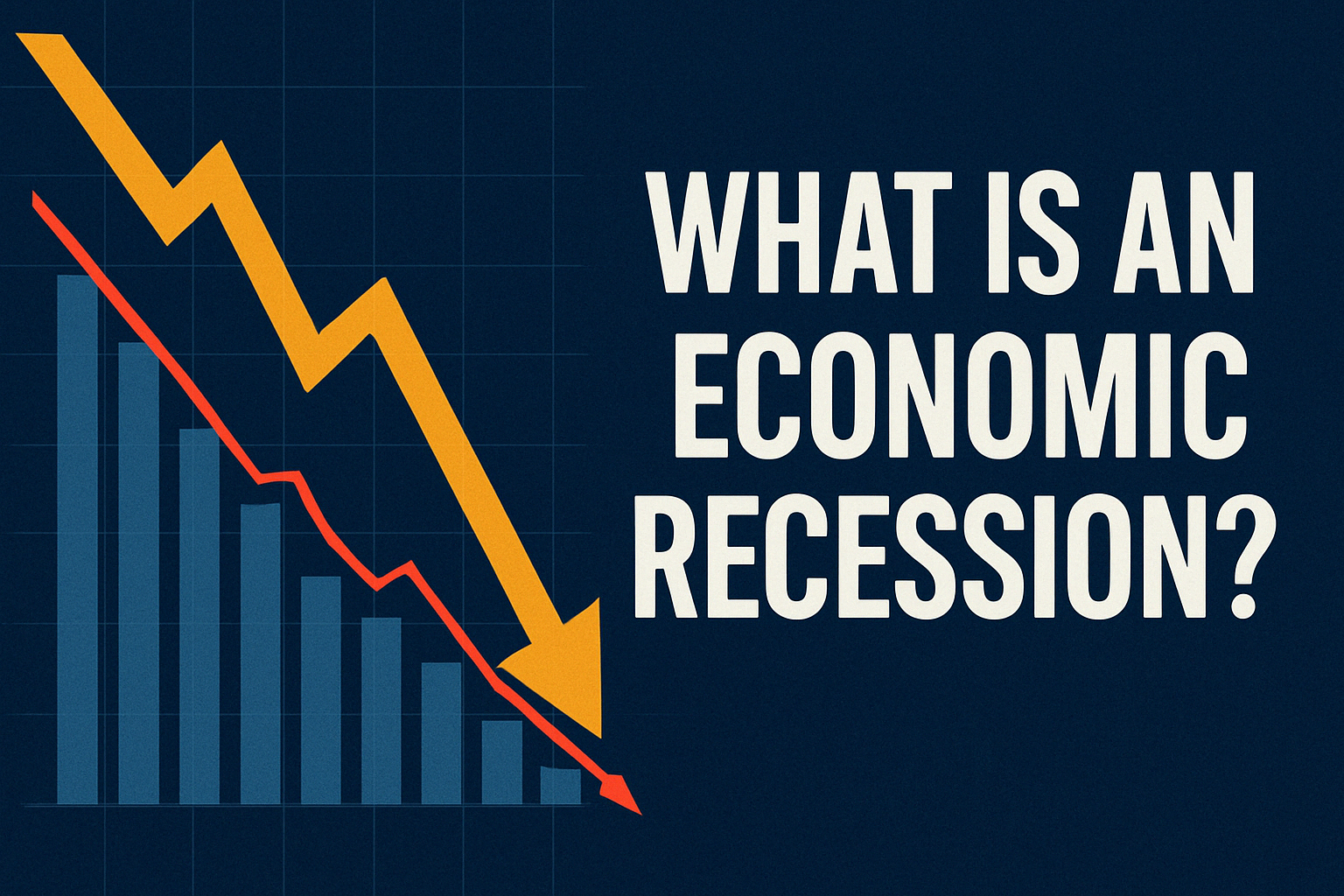
The pharmaceutical industry plays a central role in global health and economic activity, with its products crossing borders in complex patterns shaped by regulation, innovation, and market demand. From manufacturing centers to distribution hubs, the industry is a key player in international trade, affecting not only economies but also public health outcomes worldwide. This article examines the relationship between the pharmaceutical sector and world trade, highlighting how production, policy, intellectual property, and global supply chains shape this connection.
The Structure of the Global Pharmaceutical Market
The pharmaceutical market is divided into several segments, including branded drugs, generic medicines, biotechnology products, and over-the-counter remedies. Major companies, often called “Big Pharma,” dominate sales of patented medicines, while generics are supplied by a mix of established firms and emerging manufacturers.
The largest pharmaceutical markets are located in North America, Europe, and parts of Asia. However, production is more widely distributed. Countries like India and China are leading suppliers of generic drugs and active pharmaceutical ingredients (APIs), exporting these to markets worldwide. This division between where drugs are produced and where they are consumed forms the foundation of international pharmaceutical trade.
Pharmaceutical Supply Chains Across Borders
Pharmaceutical supply chains are highly internationalized. A drug sold in one country might have its ingredients manufactured in another, formulated in a third, and packaged in yet another. This fragmentation enables companies to lower costs by locating production in regions with favorable labor costs or regulatory environments. However, it also introduces vulnerabilities, especially when disruptions occur.
Global trade agreements and customs regulations influence how efficiently pharmaceutical products move across borders. Inspections, safety checks, and intellectual property enforcement are embedded in trade processes, making pharmaceutical shipments more complex than those of many other goods. Cold chain logistics, which ensure temperature-sensitive drugs remain stable during transit, add another layer of complexity.
The Role of Intellectual Property in Trade
Intellectual property rights, particularly patents, shape the flow of pharmaceutical trade. Patents give pharmaceutical companies exclusive rights to manufacture and sell a drug for a period, allowing them to recover research and development investments. This exclusivity affects international trade because it limits where and by whom a drug can be produced and sold.
Many international agreements, including the Trade-Related Aspects of Intellectual Property Rights (TRIPS), set standards for patent protection across countries. While these agreements promote consistency, they have also sparked debates over access to medicines in low-income nations, especially for treatments targeting diseases like HIV/AIDS or tuberculosis.
Exporting and Importing Pharmaceuticals
Pharmaceutical exports are a major source of revenue for some countries. European Union nations collectively account for a significant portion of global pharmaceutical exports, followed by the United States, Switzerland, and India. These exports include finished drugs as well as APIs used by manufacturers elsewhere.
On the import side, many countries depend heavily on foreign pharmaceuticals to meet domestic demand. This reliance can pose risks if international supply chains are disrupted, whether by pandemics, geopolitical tensions, or manufacturing shortfalls. Governments have responded by encouraging local production or by stockpiling certain essential medicines.
Trade Policies and Market Access
Tariffs on pharmaceutical products are generally low in most regions due to international agreements designed to promote access to healthcare products. However, non-tariff barriers such as regulatory approvals, quality standards, and certification requirements can slow or block entry into some markets.
In addition, trade negotiations often involve discussions about pharmaceutical pricing and reimbursement policies. Some countries negotiate directly with manufacturers to secure lower prices for medicines, which can affect international trade by creating parallel import markets or setting reference prices for other countries.
The Impact of Global Health Crises
Global health emergencies have exposed the strengths and weaknesses of pharmaceutical trade networks. During the COVID-19 pandemic, international supply chains faced sudden disruptions as countries imposed export restrictions on certain drugs and raw materials. Vaccine distribution also highlighted the uneven availability of pharmaceutical products across regions, with wealthier nations securing supplies ahead of lower-income countries.
These experiences have led to discussions about reshoring pharmaceutical production, diversifying supply sources, and establishing regional manufacturing hubs to reduce dependence on single suppliers.
The Future of Pharmaceutical Trade
Trends such as personalized medicine, biologics, and advanced manufacturing techniques are reshaping pharmaceutical trade. Biologics, which are complex molecules derived from living cells, require specialized production facilities and stricter handling procedures, influencing where and how they are produced globally.
Meanwhile, digital health technologies and online pharmacies are introducing new trade dynamics, including the international shipment of prescription drugs directly to consumers. Regulatory frameworks are still evolving to address these changes, balancing consumer access with safety and oversight.
Summary
The pharmaceutical industry remains tightly connected to world trade through its global supply chains, intellectual property protections, and regulatory frameworks. International trade supports the movement of pharmaceutical products from research labs and factories to patients around the world, but also introduces challenges in ensuring equitable access, safety, and security of supply. As the industry continues to innovate, its role in global trade is likely to grow in complexity, reflecting broader shifts in health policy, technology, and international cooperation.



